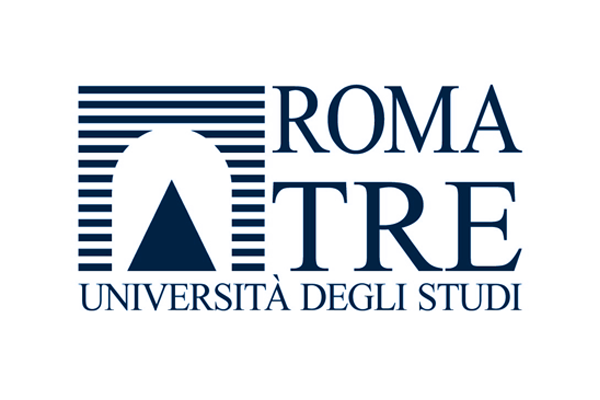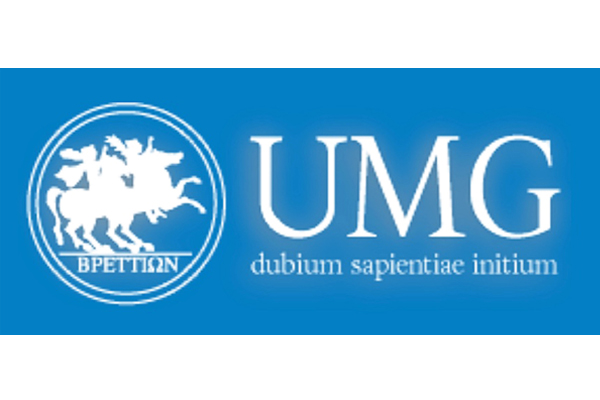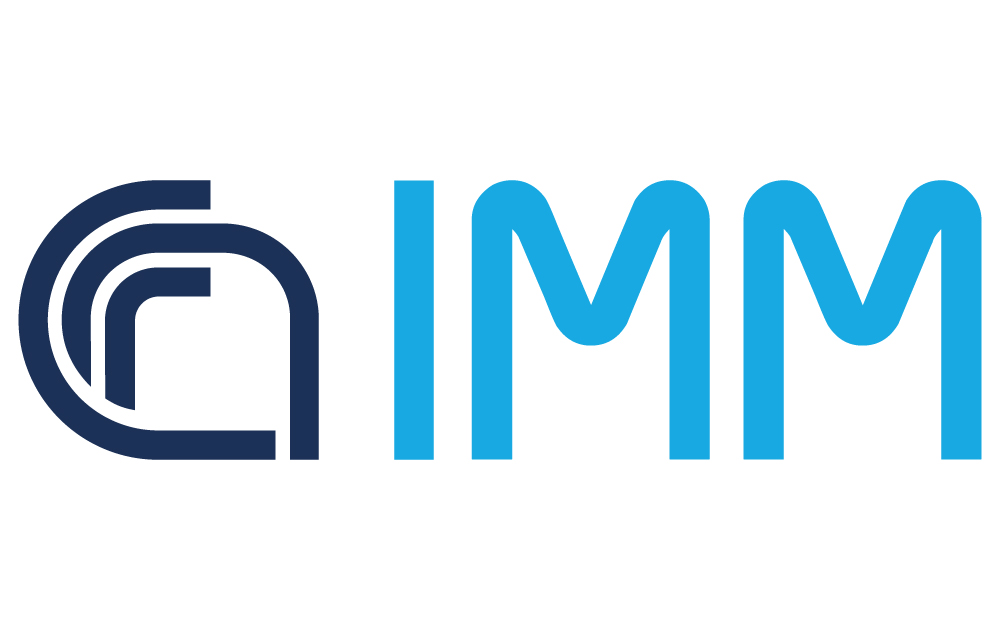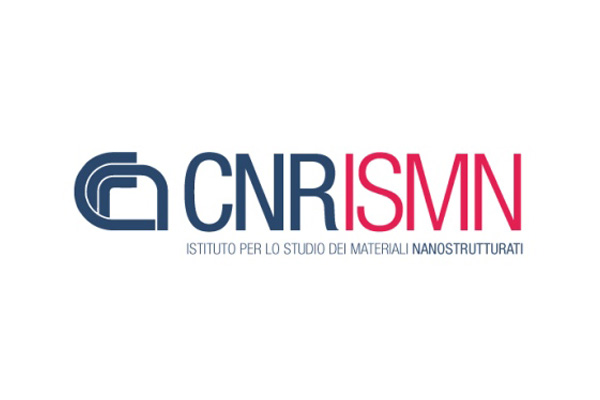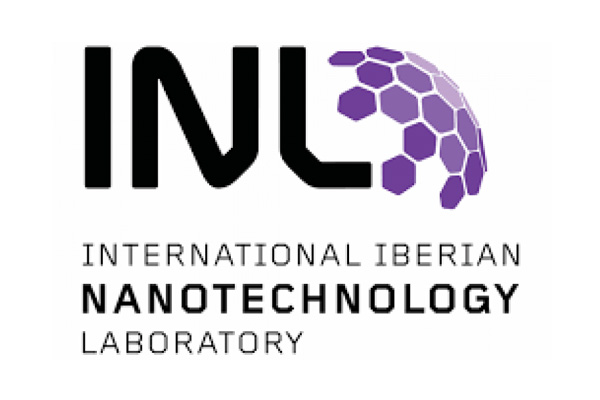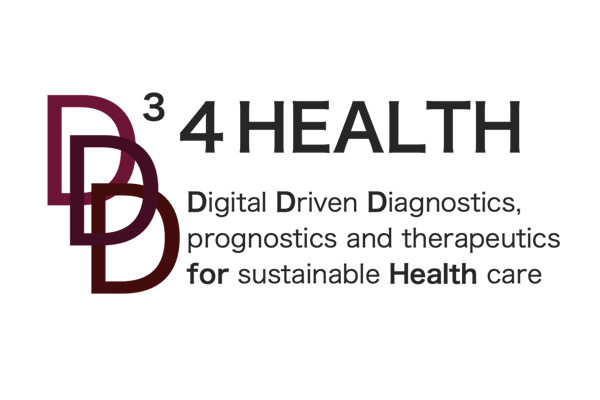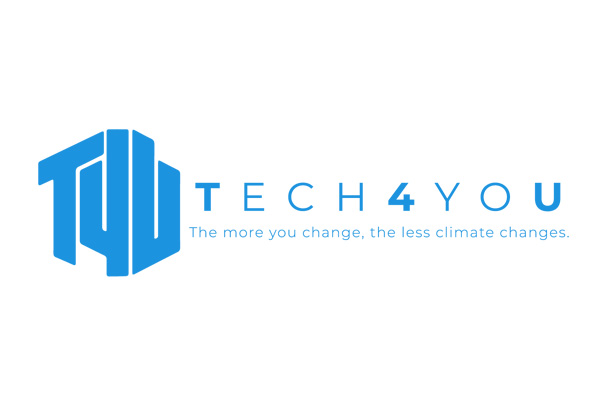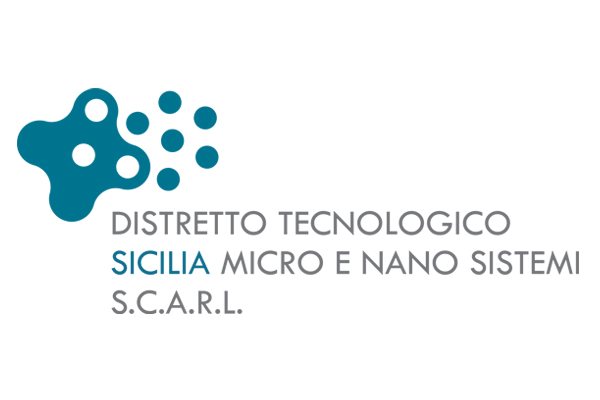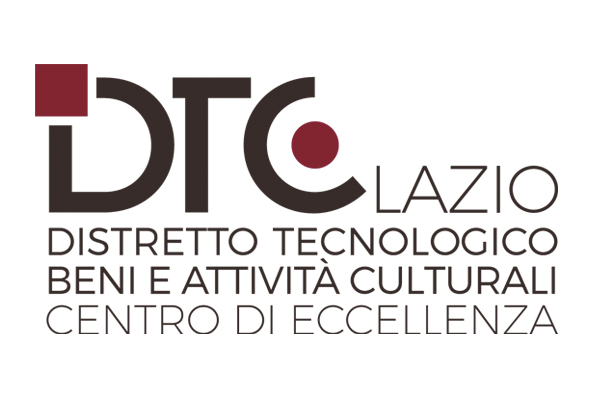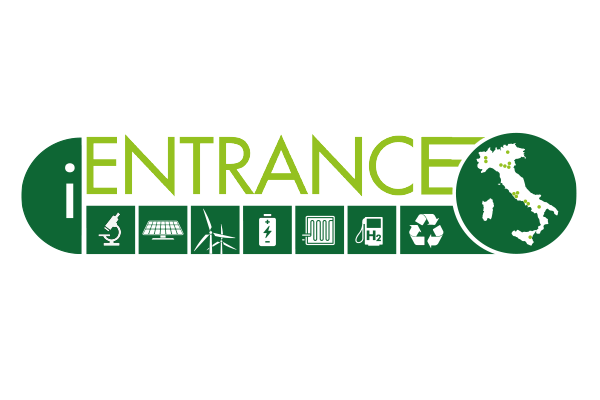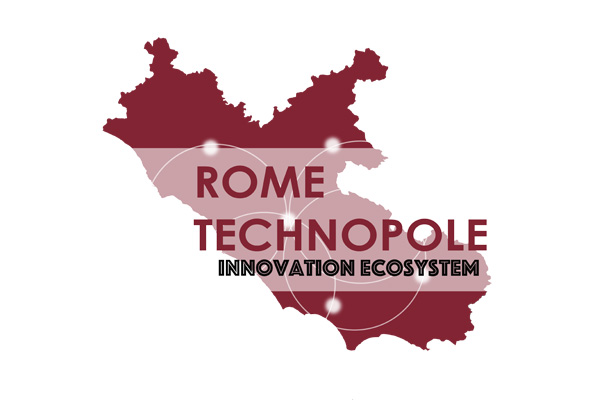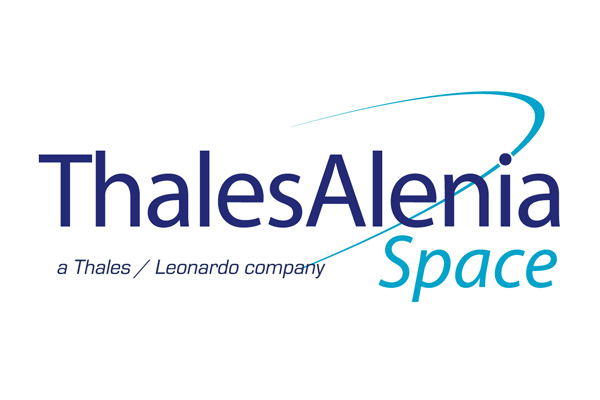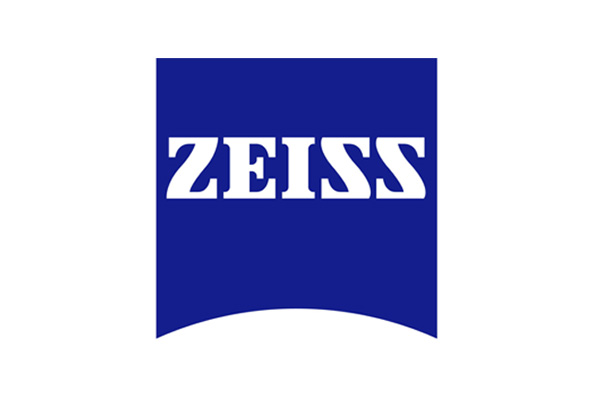|
BO BREAKOUT SESSIONS September 11 - 12 |
||||||||||||
| September 11 | ||||||||||||
| 17:45 - 19:15 BO.1 - BreakOut Session |
||||||||||||
| CLOISTER ROOM | ||||||||||||
| FAIR Data: present and future BO.1.A |
||||||||||||
| In collaboration with iEntrance@ENL Chair: Francesca DE CHIARA, CNR-IMM Bologna |
||||||||||||
| As the field of nanotechnology advances, adopting a FAIR (Findable, Accessible, Interoperable, and Reusable) by design approach is imperative for researchers aiming to enhance data management and collaboration. By integrating FAIR principles from the outset, nanotechnology labs can ensure that their research outputs are not only compliant with data standards but also optimized for accessibility and reuse. This proactive strategy fosters greater transparency, reproducibility, and innovation in nanotechnology research, ultimately contributing to more robust and impactful scientific discoveries. By embedding FAIR principles into their workflows, researchers can drive efficiency and elevate the quality and utility of their data in the nanotechnology domain. The interactive session is open and will showcase pilot case studies with the participation of researchers from the iEntrance Research infrastructure that are enriching and advancing research activity, applying FAIR principles in their experimental protocols. Expert researchers and technologists from the iEntrance consortium will provide insights into innovative methodologies, emphasizing the integration of fair/open data standards. Researchers will discuss applications and share their experiences on how adopting FAIR principles could enhance the quality and impact of their work. | ||||||||||||
| BO.1.A.1 | Francesca DE CHIARA CNR FAIR Data Principles in Practice: Dealing with Experimental Data |
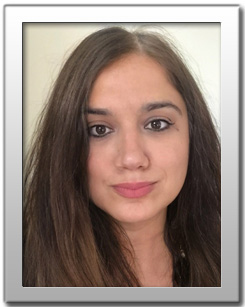 |
||||||||||
| BO.1.A.2 | Short presentations and examples by iENTRANCE@ENL project members | |||||||||||
| ROOM 1 | ||||||||||||
| Biomedical applications of advanced spectroscopic techniques to study new contrast angents and cell metabolism in aging and oncology BO.1.B |
||||||||||||
| Chair: Rossella CANESE, Research Director, Istituto Superiore di Sanità Moderator: Marco CRESCENZI, Istituto Superiore di Sanità |
||||||||||||
| In collaboration with | ||||||||||||
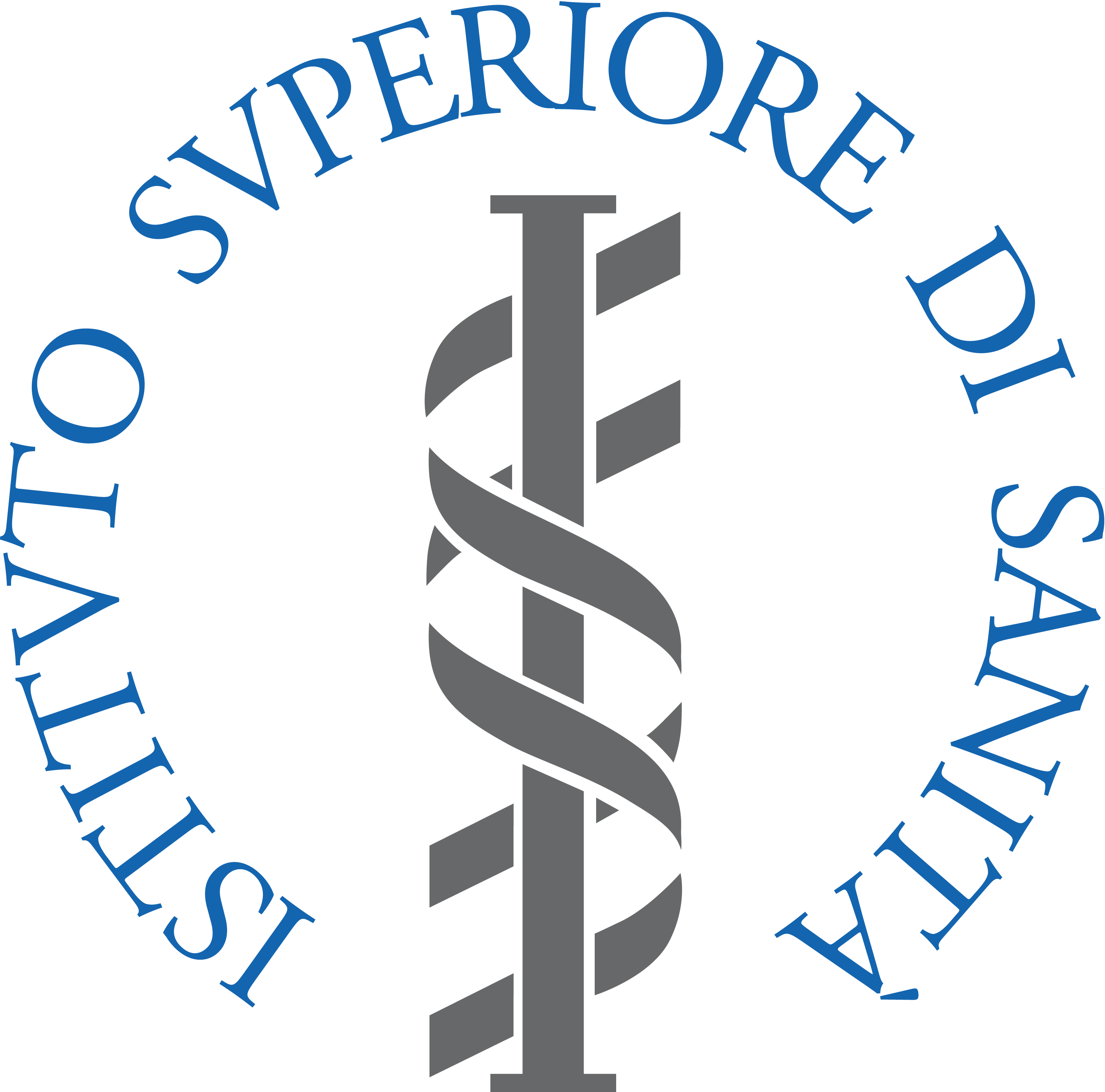 |
||||||||||||
| Biomedical research increasingly benefits from the support of specialized technologies and state-of-the-art equipment, but also from expertise and competence in the use of those instruments. This session, with the participation of young researchers working at the Core Facilities of the Istituto Superiore di Sanità aims to recount five successful experiences resulting from the application in biomedical research of advanced/innovative technologies, such as electron paramagnetic resonance (EPR), in vivo imaging and spectroscopy magnetic resonance (MRI and MRS, respectively), High Resolution-Nuclear Magnetic (HR-NMR) and mass spectrometry (MS). In particular, we will talk about the 1) EPR contribution in the development of MRI contrast agents that take advantage of the paramagnetic properties of graphene oxide, 2) use of the BOLD effect exploiting the presence of the endogenous contrast agent (oxyhemoglobin) to visualize the activation of brain regions in vivo with MRI, 3) application of MRS to study in vivo the cerebral metabolism in animal models of aging, and 4) use of HR-NMR and MS to gain valuable insights into the metabolome and proteome, respectively, in studies of innovative therapeutic treatments in oncology. | ||||||||||||
| BO.1.B.1 | Laura TORRIERI DI TULLIO - CV Istituto Superiore di Sanità CW-EPR characterization of graphene oxide (GO) for biomedical applications |
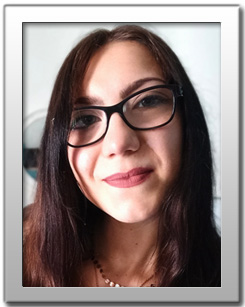 |
||||||||||
| BO.1.B.2 | Taljinder SINGH - CV Istituto Superiore di Sanità Alterations in brain functional networks and structure following RhoGTPases pharmacological modulation by using rs-fMRI and DTI |
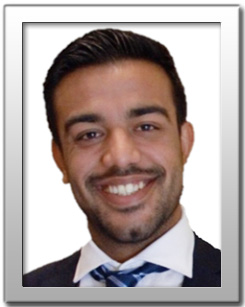 |
||||||||||
| BO.1.B.3 | Valentina ZECCA - CV Istituto Superiore di Sanità The role of Magnetic Resonance Spectroscopy (MRS) in the evaluation of the effects of Rho GTPases’s modulation on CD1 mice |
 |
||||||||||
| BO.1.B.4 | Francesco Mattia BONANNI - CV Istituto Superiore di Sanità Exploring cancer cells metabolism by Magnetic Resonance Spectroscopy |
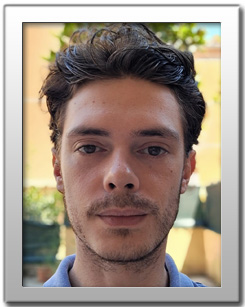 |
||||||||||
| BO.1.B.5 | Sveva GERMINI - CV Istituto Superiore di Sanità Mass spectrometry-based proteomic investigation of novel therapeutic strategies for triple negative breast cancer |
 |
||||||||||
| September 12 | ||||||||||||
| 17:45 - 19:15 BO.2 - BreakOut Session |
||||||||||||
| CLOISTER ROOM | ||||||||||||
| Circular Economy Approaches in the Field of Materials for Energy BO.2.A |
||||||||||||
| Chair: Annukka SANTASALO-AARNIO, Aalto University, Finland | ||||||||||||
| BO.2.A.1 | Annukka SANTASALO-AARNIO - CV Aalto University, Finland Circular Economy Approaches in the Field of Materials for Energy |
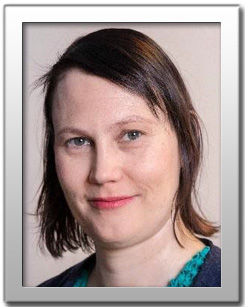 |
||||||||||
| BO.2.A.2 | Simone QUARANTA - CV CNR ISMN Inexpensive/environmentally friendly nanostructured MnO2 recovered from Amazon and Italian mining tailings as electrode materials for rechargeable batteries |
 |
||||||||||
| BO.2.A.3 | Vishal SHRIVASTAV Regional Centre of Advanced Technologies and Materials, Czech Republic Microwave activated mixed biowastes derived porous carbon-based electrode for all-solid-state symmetrical supercapacitors |
 |
||||||||||
| BO.2.A.4 | Giorgio CELORIA - CV University of Piemonte Orientale A. Avogadro Rice husk derived materials for environmental applications |
 |
||||||||||
| ROOM 1 | ||||||||||||
| Exploring New Frontiers of 3D X-ray Microscopy, Deep Learning and Computational Microscopy in Research BO.2.B |
||||||||||||
| Chair: Giulio Lamedica, ZEISS SpA | ||||||||||||
| BO.2.B.1 | Francesco BIANCARDI Carl Zeiss S.p.A. Computational microscopy for materials and biosciences |
 |
||||||||||
| BO.2.B.2 | Flavio COGNIGNI Carl Zeiss S.p.A. Exploring the infiltrative and degradative ability of Fusarium oxysporum on polyethylene terephthalate (PET) using correlative microscopy and deep learning Computational microscopy for materials and biosciences |
 |
||||||||||
| ROOM 17 | ||||||||||||
| Photonic biosensing for point-of-care diagnostic systems BO.2.D |
||||||||||||
| Chairs: Massimo BERSANI, Leandro LORENZELLI and Laura PASQUARDINI, FBK | ||||||||||||
| In the last years medicine has taken advantages of the interdisciplinary technology innovations in healthcare through the multitude of the point-of-care tests (POCTs) with the final aim of rising the population health and wellbeing converging preventive, personalized and precision medicine. These modern diagnostic devices are getting common in many near-patient and critical care settings including operating rooms, intensive care units, emergency departments, and many primary care clinic settings as well as enhancing patient care by expanding the opportunities for healthcare services at different patient and population levels. Photonic biosensors have emerged as a potential solution for disease diagnostics and therapy follow-up at the point-of-care (POC). These biosensor platforms could overcome some of the challenges faced in conventional diagnosis techniques offering label-free assays with immediate results and employing small and user-friendly devices. Furthermore, the capability to integrate photonic biosensors with microfluidics and the compatibility of most of the photonic architectures and materials with electric readouts make them the most suitable candidates for the development of lab-on-a-chip systems to be integrated in point-of-care instruments. This BreakOut session will delve into the photonic platforms with the focus on whispering gallery mode resonators representing an interesting class inside the silicon-based optical biosensors that merge the advantages coming from the microelectronic technology in terms of scalability, spatial resolution and the optical confinement of the light, resulting in high accuracy, sensitivity, speed and high signal-to-noise ratio. | ||||||||||||
| BO.2.D.1 | Georg PUCKER - CV & Mattia MANCINELLI FBK & Ligentec SA Photonic sensing technologies: status and outlook |
 |
 |
|||||||||
| BO.2.D.2 | Carlo GUARDIANI - CV FTH Srl Fast prototyping of Nitride Electro-photonic Sensors (FANES project) |
 |
||||||||||
| BO.2.D.3 | Cristina POTRICH - CV FBK Surface functionalization approaches for biosensing |
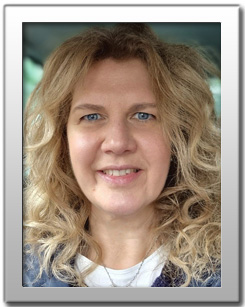 |
||||||||||
| BO.2.D.4 | Nicola BELLOTTO - CV FTH Srl Microfluidic cartridge design for advanced multiplex diagnostic test |
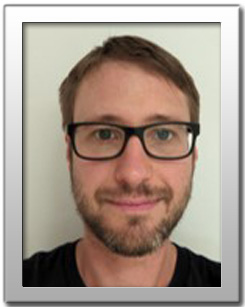 |
||||||||||
| BO.2.D.5 | Massimiliano LANZAFAME, APPS Trento Giovanni MORI, Ospedale Santa Chiara, Trento The Importance of Early Diagnosis in the Treatment of Sepsis |
 |
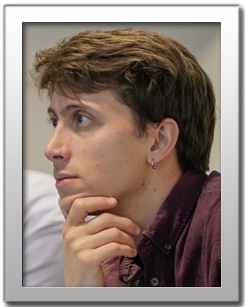 |
|||||||||





